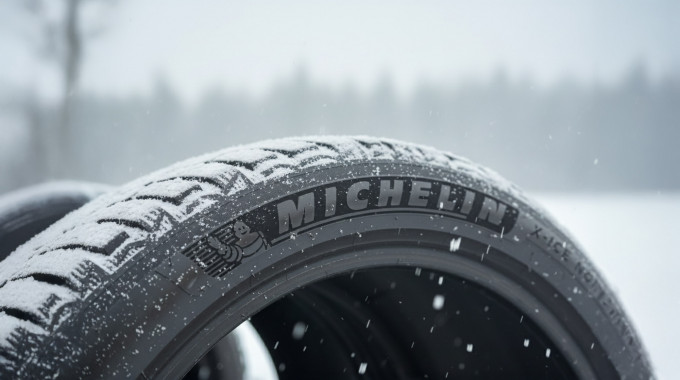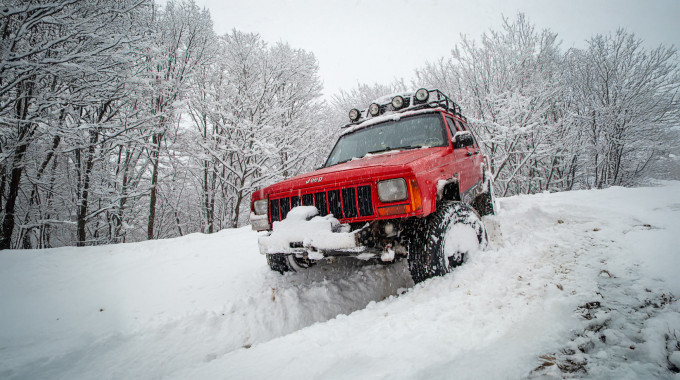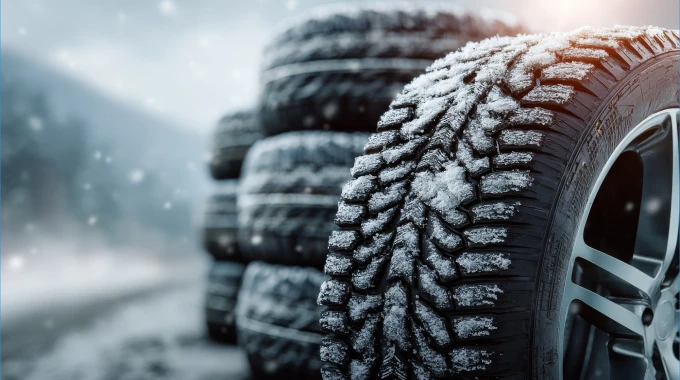
Car Safety: Mandatory & Optional Features on Today’s Vehicles
All new vehicles come equipped with a number of safety assist technologies, while most offer additional ones, either as options or on upper trim levels. If you haven’t bought a new (or newer) vehicle in a while, you might not know what to expect. We have a list of many of them, along with how they work.
We also outline all the main modern car safety features in more detail in our five part series:
Car Safety Features
Mandatory safety technologies on all vehicles
All new vehicles will come with these items. Some may have proprietary names used by each automaker, but no matter the name, all these systems work basically the same way.
Airbags
All vehicles will have an airbag in the steering wheel and on the passenger side of the dash. Almost all will also have airbags in the sides of the front seats, and curtain airbags over the side windows.
Depending on the automaker and the vehicle, there may be more, including for the driver’s knee, in the passenger seat cushion, between the front seats, or in the sides of the rear seats.
Anti-Lock Brakes (ABS)/Electronic Stability Control/Traction Control
In a panic stop or on a slippery or loose surface, anti-lock brakes rapidly apply and release the brakes over and over, much faster than a driver could, to prevent the wheels from locking up and causing the vehicle to slide.
They don’t necessarily stop any faster, but they allow you to steer and help you stay in control. Electronic stability control often goes by proprietary names, such as StabiliTrak or Vehicle Dynamics Control.
If your vehicle is skidding, it applies the brakes to the appropriate wheels to help straighten it out. Traction control determines if one wheel is spinning, such as on ice, and applies the brake so the other wheel can move you forward.
Rearview Camera
As of May 2018, all new vehicles must have a rearview camera, which automatically comes on when you put the shifter into Reverse. Most display the image in the centre screen, but on some vehicles, it may show up in the instrument cluster or in the rearview mirror.
That’s the bare minimum, but many offer more features. These include “dynamic” lines on the screen that turn with the steering wheel to help you park; sensors that warn if you’re coming too close to objects behind, including pedestrians; and 360-degree or “bird’s-eye” cameras that show the entire area around the vehicle.
Child Seat Tethers
In Canada, these mandatory tethers are officially known as CANFIX or Lower Universal Anchorage System (LUAS), although most people call them by their U.S. name of LATCH, for Lower Anchors and Tethers for Children.
They’re attachment points for the tethers on child seats. All vehicles must have them, but some are easier to use than others.
Seatbelts
In 2015, Canada made it mandatory for every seating position to have a three-point seatbelt, which is a combination lap and shoulder belt that latches with a single buckle. Prior to this, on a bench seat with three seating positions, the passenger in the centre might only get a lap belt.
Optional safety technologies
These features aren’t mandatory on your vehicle, but may be included or available.
Tire Pressure Monitoring System (TPMS)
This monitors the air pressure in each tire and gives a warning if any drop below a pre-set percentage of their recommended pressure. It’s mandatory in the U.S., but while Canada doesn’t require it, many automakers include it anyway.
Adaptive Cruise Control (ACC)
This maintains a pre-set distance from the vehicle in front. All systems work at highway speeds, but some can also do this in stop-and-go traffic.
Lane Departure Warning/Lane-Keeping Assist
The warning system monitors the road lines and indicates if you’re drifting out of your lane, usually with a chime or vibration in the steering wheel. If it also includes lane-keeping assist, it will lightly brake the wheels on one side or use the electric power steering to help guide you back into your lane.
Lane Centring
This is a more sophisticated version of lane-keeping assist. It monitors both lane markers and continually adjusts the electric power steering to stay in the middle of the lane, usually in conjunction with adaptive cruise control.
On some vehicles it can operate hands-free under specific conditions, such as with GM’s Super Cruise or Tesla’s Autopilot systems, but even these have limits. Right now, no one makes a fully-autonomous, self-driving vehicle.
Collision Warning/Collision Avoidance
This warns if you’re quickly closing the gap from the vehicle in front but haven’t applied your brakes. If you ignore the warning, vehicles with collision avoidance will apply the brakes.
Many systems now recognize cyclists and pedestrians as well. Some vehicles also brake for objects when you’re backing up.
Blind-Spot Monitoring (BSM) and Rear Cross-Traffic Alert (RCTA)
BSM warns if there’s a vehicle alongside, usually with a light in or near the side mirrors. If you activate the turn signal to change lanes while a vehicle is there, many will sound a warning chime or the light will flash.
Some of the more sophisticated systems may also pull the steering wheel back slightly if you start to turn. When you’re in a parking spot and backing out into the aisle, RCTA uses the same sensors to warn if there is oncoming traffic; and some systems will hit the brakes if you back out anyway.
High-Beam Headlight Assist
When activated, this system turns on the high-beam headlights on a dark road to improve visibility. If it detects headlights or taillights ahead, it turns the high-beams off, and then automatically turns them back up when there are no lights in front.
Driver Attention Monitor
These systems make sure the driver is paying attention, and isn’t distracted or falling asleep, and chimes a warning if necessary. Some use a camera to watch the driver’s eyes, while others detect steering wheel movement.
They may also flash a reminder if you’ve been driving at consistent highway speeds for a length of time that may call for a break.
To learn more about these individual features, head over to our Car Safety Features page here.







